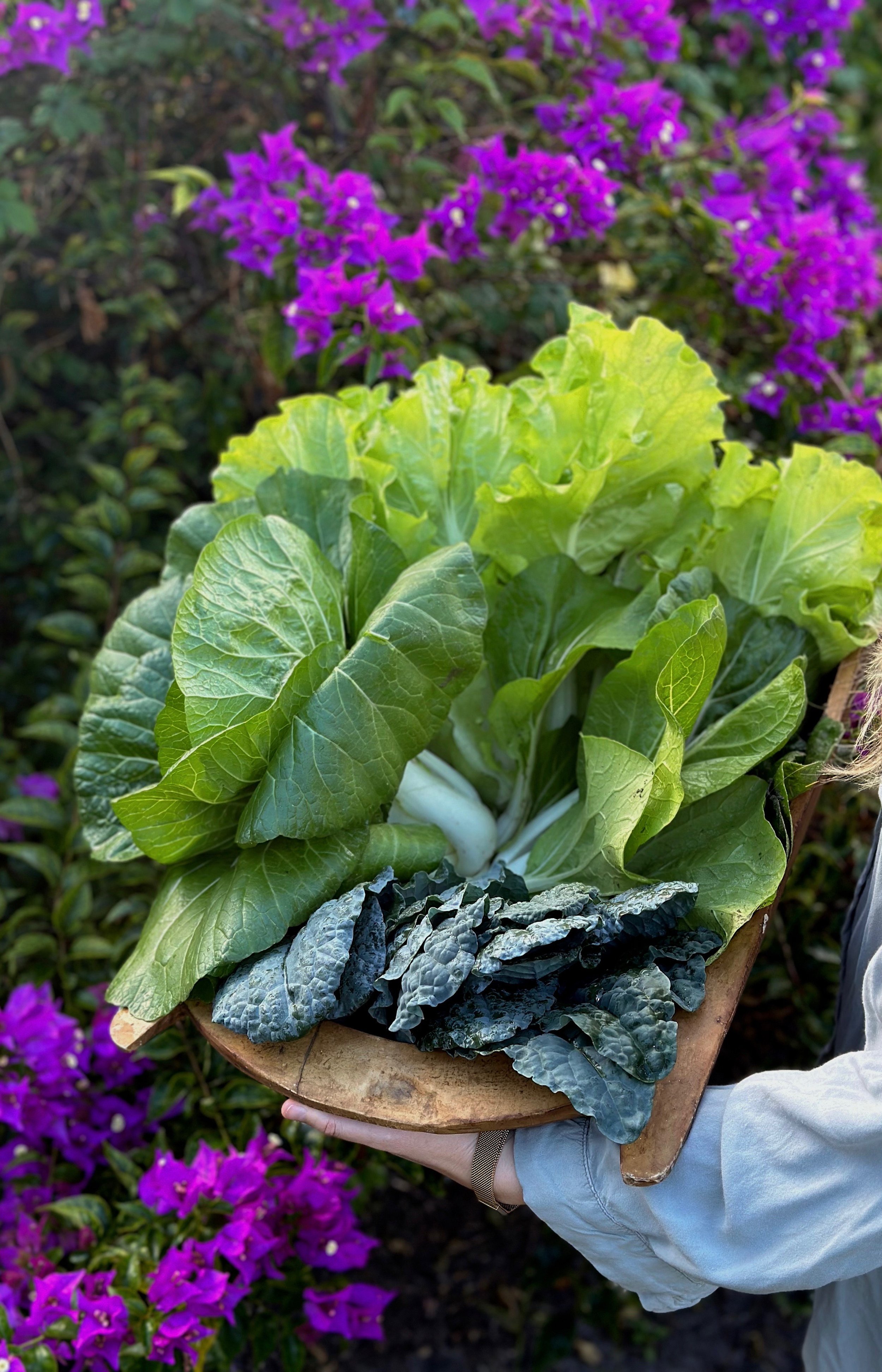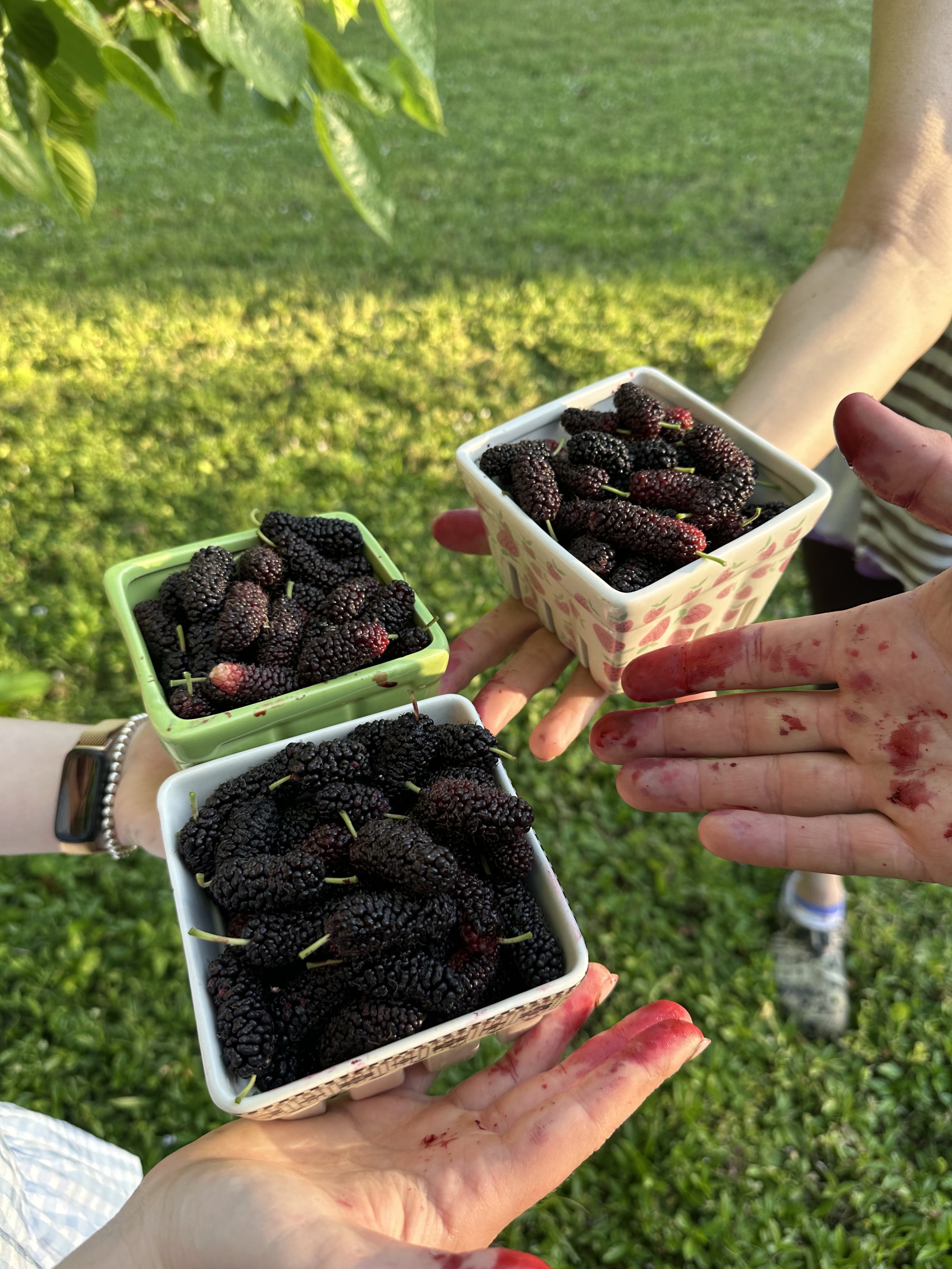Our mission
fresh, safe, clean food is vital to good health.
Chronic illness has a stranglehold on American society, with 60% of Americans suffering from preventable conditions, primarily stemming from metabolic dysfunction within the body. This is not happening around the world, it is happening here and now.
Over 10,000 artificially produced ingredients are approved by the FDA for use in the American food system which are not permitted in other comparable nations.
This crisis is measurably driven by a harmful alliance between the big food, insurance, and pharmaceutical industries, which is directly responsible for the chronic illness epidemic.
In most cases the only way to break free from this vicious cycle is to reject ultra-processed foods and choose fresh, whole foods from farms that prioritize trust and transparency. Nutrition, disease prevention and healthy living are at the core of our ethos as a business and a farm.
There is no uniform approach to farming and agriculture. However, the critical, non-negotiable principles must be complete honesty and transparency. Without them we are handing over our health and wellness to a profit driven system that has monetized chronic illness in the United States.
-

Regenerative Agriculture
The benefits of regenerative agriculture are basically endless, as it reduces waste, conserves CO2 emissions, and increases soil fertility, organically. One particularly effective practice from regenerative agriculture is no-till or medium tillage. Basically, instead of plowing or using heavy machinery, leaving the soil alone lets it create more organic matter and sequester more CO2 than it would with human disturbance.
Local fruits and veggies boast more nutrients. It really is all about the journey. The longer fruit and veggies spend on a truck or in storage before being delivered to you, the greater the loss of vitamins, minerals, and other nutrients. The moment a piece of produce is picked or cut, its enzymes begin decomposing and feeding on precious nutrients. Researchers at Montclair State University revealed that the vitamin C content of broccoli was cut in half when it was shipped from out of the country compared to when it was sourced locally.
Local produce vine-ripens naturally to build even more nutrients. Since harvesting and traveling long distances can be a stressful, damaging adventure for your favorite fruit or veg, most non-local produce is picked before it is fully ripe so it can survive the trip to the grocery store. This may be great for business, but when a plant is allowed to linger on the vine and fully ripen before being harvested, its nutrient content is higher. - Mary Mesenburg / Rodale Institute
In 2019, General Mills, the manufacturer of Cheerios, Yoplait and Annie’s Mac and Cheese (among other products), announced it would begin sourcing a portion of its corn, wheat, dairy and sugar from farmers who were engaged in regenerative agriculture practices and committed to advancing the practice of regenerative agriculture on one million acres of land by 2030. In early 2020, Whole Foods announced regenerative agriculture would be the No. 1 food trend and, in spite of the pandemic and the rapid growth of online shopping overshadowing the trend, business interest in the field still spiked by 138%.
-

Big Food - Big Poison
There is nothing more profitable in todays society than a sick child.
70 years ago, roughly 6% of Americans suffered from chronic illness. Today that number is 60%
Between 2019 and 2030, cancer rates are predicted to rise 30% in young people.
By 2050, we predict the total number of incident cases to increase by almost 50% as a result of the growth and aging of the US population.
A greater emphasis on cancer risk reduction is needed to counter these trends.
The processed food industry was born out of the cigarette industry as tobacco stock declined. Scientists from the tobacco groups were sent over to the food research side of their companies to find ways to make nutrient deficient foods more addicting and thus profitable. This is why the foods in our grocery stores are filled with ingredients we have never heard of and cannot even pronounce.
While industrialized farming practices are legal within the regulatory framework, it is critical for consumers to understand the costs of intensive forms of agriculture on public health. Industrialized agriculture delivers inexpensive, low-nutrient food in excessive quantities.
The large-scale methods by which this food is produced also generates massive amounts of animal waste and runoff laden with synthetic fertilizers and pesticides, all of which degrades our soil, water and air. According to medical experts, bacterial resistance to antibiotics is on the rise, in part due to the excessive use of the drugs on factory farms, posing new and more deadly threats of infectious disease.
The laborers who maintain large-scale farms are themselves at higher risk for respiratory problems, workplace injuries and certain forms of cancer.
-

Why America needs small farms
Biodiversity Guardians: Small farms play a vital role in preserving biodiversity.
Sustainable Practices: Many small farms embrace sustainable and regenerative farming practices.
Community Connection: Small farms build community connections.
Preserving Cultural Heritage: Small farms help preserve our cultural heritage.
Economic Resilience: Communities with more small farms have higher incomes, lower unemployment, and lower income inequality.
Educational Hubs: Small farms serve as educational centers.
Large-scale, industrial agriculture is often held up as the solution for feeding the world’s growing population. But small farms—with about 25 acres or less—along with family-run operations produce over 70 percent of the world’s food.
By growing heirloom and other non-commercial varieties, small farms bolster biodiversity and increase food security. With only 12 plants and 5 animal species making up 75 percent of what the world eats, food systems are vulnerable to natural disasters and disease outbreak, whereas regenerative agriculture practices show resiliency in the face of common conventional farming obstacles.


“The soil is the great connector of lives, the source and destination of all. It is the healer and restorer and resurrector, by which disease passes into health, age into youth, death into life. Without proper care for it we can have no community, because without proper care for it we can have no life.”
— Wendell Berry, The Unsettling of America: Culture and Agriculture










